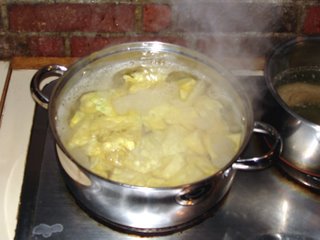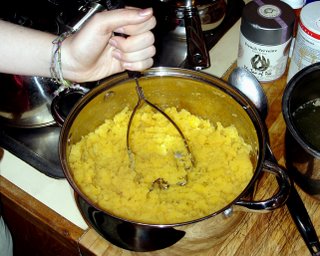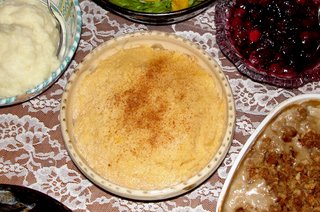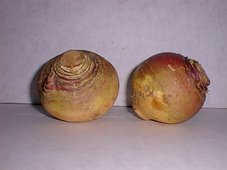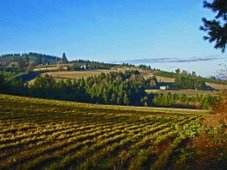 The Lazy-Assed Finns (LAF) Association recently expanded its membership by 20% with the birth of Elsa Matilda Ackley-oo (pictured left with sister Ida, also known as The Dudette).
The Lazy-Assed Finns (LAF) Association recently expanded its membership by 20% with the birth of Elsa Matilda Ackley-oo (pictured left with sister Ida, also known as The Dudette). Elsa was born on November 5, 2007. She weighed in at a robust 3,490 grams and extended a full 50 cm. Though Elsa was born at 0700 FPDT (Finnish Perpetual Darkness Time), it is reported that she slept until noon.
We here at ARSI extend hearty congratulations to her proud parents and grandparents, all of whom are charter members of LAF.
 With the addition of Elsa to the Finnish population, that country has virtually doubled its birth rate for 2007. Considering that Finns are among the laziest people who infest the planet, this is an especially impressive feat on the part of the parents. The production of children, after all, can require significant efforts from conception through birth and far beyond. Sadly, few modern Finns are prepared to expend that much energy.
With the addition of Elsa to the Finnish population, that country has virtually doubled its birth rate for 2007. Considering that Finns are among the laziest people who infest the planet, this is an especially impressive feat on the part of the parents. The production of children, after all, can require significant efforts from conception through birth and far beyond. Sadly, few modern Finns are prepared to expend that much energy.Fortunately for Elsa, as well as her sister Ida and her mother Hanna, the new arrival bears no resemblance to Immu Ackely-oo, her simian father (left).
PHOTOS courtesy Immu and Hanna Ackley-oo.
-HQ.jpg)
-HQ.jpg)
-HQ.jpg)
-PDX.jpg)
-PDX.jpg)
-PDX.jpg)














